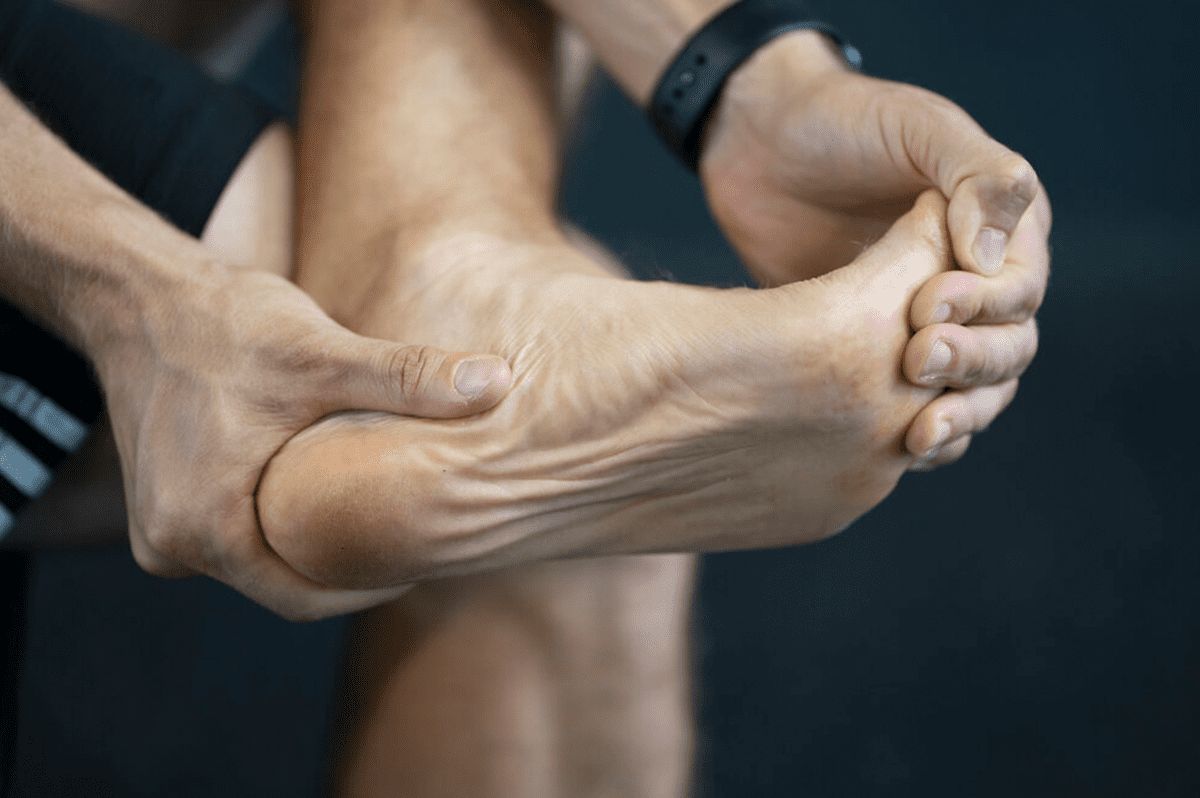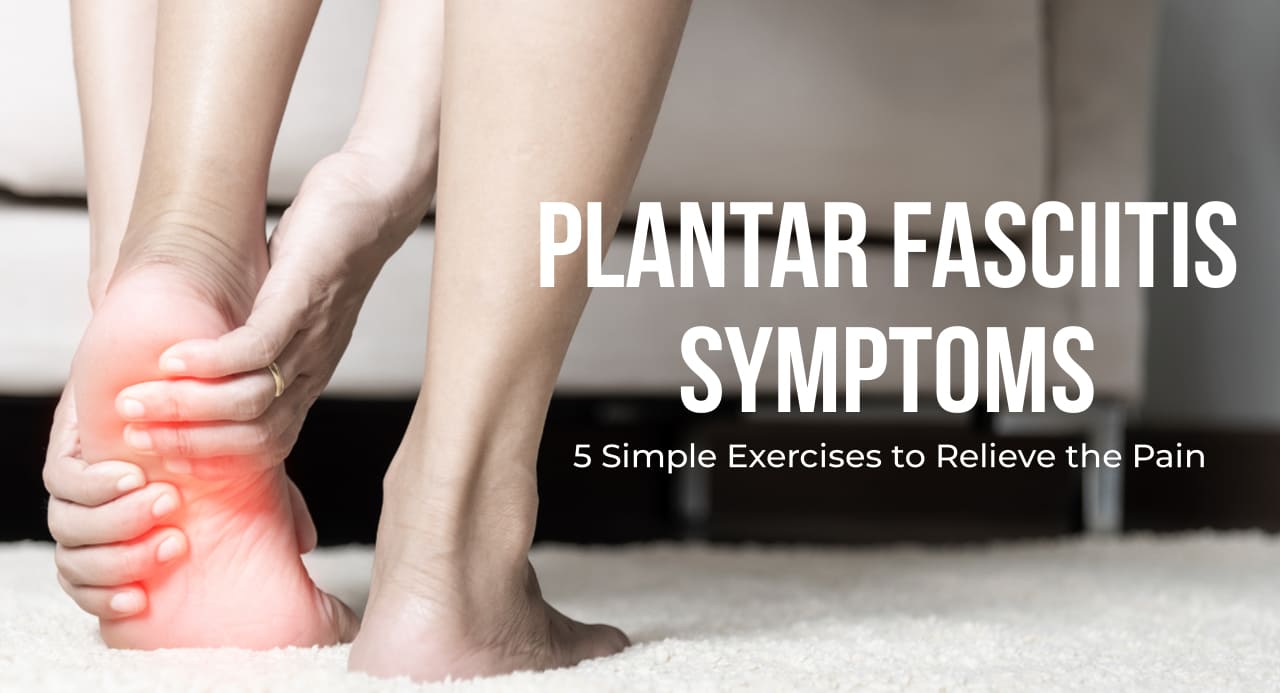free foot analysis
What is Plantar Fasciitis?
Plantar Fasciitis is a common condition that occurs when the plantar fascia, a thick band of tissue that runs along the bottom of the foot, becomes inflamed due to excessive stretching or overuse. This can lead to pain and discomfort in the heel and arch of the foot, which is often worse in the morning or after prolonged periods of standing or walking. In addition to these symptoms, other common symptoms of Plantar Fasciitis include pain that worsens with activity, and a tight or stiff feeling in the bottom of the foot.
Plantar Fasciitis Causes and Symptoms
Overpronation, or flat feet, is one of the main causes of Plantar Fasciitis. This condition occurs when the foot rolls inward excessively while walking or running, causing the arch to flatten and the plantar fascia to stretch away from the heel bone. This can result in chronic strain and inflammation of the plantar fascia, leading to pain and discomfort in the heel and arch of the foot. Other factors that can contribute to the development of Plantar Fasciitis include wearing unsupportive shoes, having tight calf muscles or Achilles tendons, and engaging in activities that place repetitive stress on the feet, such as running or jumping.

Plantar Fasciitis commonly causes pain in the heel that can feel like a stabbing or aching sensation, especially when taking the first steps in the morning or after prolonged periods of inactivity. If left untreated, the condition can lead to arch pain, and in some cases, the constant strain on the plantar fascia may cause a bony growth called a heel spur to develop. It's important to seek medical attention if you suspect you have Plantar Fasciitis to receive proper diagnosis and treatment, as early intervention can help prevent the condition from becoming more severe.
Tips for Relief From Plantar Fasciitis
Proper arch and heel support can help prevent the development of Plantar Fasciitis, particularly for individuals who stand or walk for long periods of time on hard surfaces. Shoes or orthotics with good arch support can help distribute weight evenly across the foot and reduce the strain on the plantar fascia. It's important to choose arch supports that are made for your specific foot type. Different arch supports may work better for individuals with high arches versus those with flat feet.
Lucky Feet Shoes Custom-Made Orthotics

In addition to the arch supports Lucky Feet Shoes offers, they can also be customized orthotics, which are typically good for up to 5 years. Custom Orthotics are great to keep the tissue bands from flexing and getting worse. They will be a primary method to help with the healing process. Since most of our feet are not equal in arches, we recommend getting custom orthotics made specifically for your arches. This ensures optimal support and comfort in your daily activities. In addition, during your first year of purchasing a custom orthotic through Lucky Feet Shoes, we offer free modifications to ensure you maintain healthy feet. The healing process for Plantar Fasciitis typically takes an average of 6 months if you follow the right healing treatments. FIND A STORE.
5 Simple Exercises to Relieve Pain From Plantar Fasciitis
Here are a few simple exercises that can help prevent or alleviate foot and ankle pain associated with Plantar Fasciitis. These exercises are simple and can be done at home.

1. STRETCH THE CALF
Lean your hands against a wall. Straighten the knee of the affected leg and bend the other knee in front. Keep both feet flat on the ground. There should be a stretching sensation in the heel and calf of the extended leg. Hold for 10 seconds. Repeat two to 3 times.
2. ROLLING STRETCH
Sit tall on a chair. Roll a round object under the arch of the foot. Roll for 2 minutes.


3. STRETCH THE PLANTAR FASCIA
Sit and cross the injured heel over the other leg. Hold the foot in your opposite hand, pull the toes toward the shin to create tension in the arch of the foot. Place the other hand on the bottom of the foot to feel for tension in the plantar fascia. Hold for 10 seconds. Repeat two to three times.
4. FOOT FLEXES
Sit on the floor with legs straight. Wrap your fingers over your toes, holding gently, point the toes away from the body. Slowly return to starting position. Repeat 10 times.


5. TOWEL CURLS
Sit on a chair with both feet flat and a small towel in front of the feet. Grasp the center of the towel with your toes. Curl the towel towards you. Relax the foot and repeat 5 times.
Where to Shop for Plantar Fasciitis
Whether you prefer to shop online or in-store, at Lucky Feet Shoes, we have a large selection of shoes to help ease pain from plantar fasciitis symptoms. However, if you prefer a free Personalized foot scan and analysis, great customer service, we have nine comfort shoe stores located in Southern California you can visit today! We have a large selection of sandals, comfort shoes, wide shoes, walking shoes, running shoes, arch supports, and offer customizations. FIND A STORE.
























